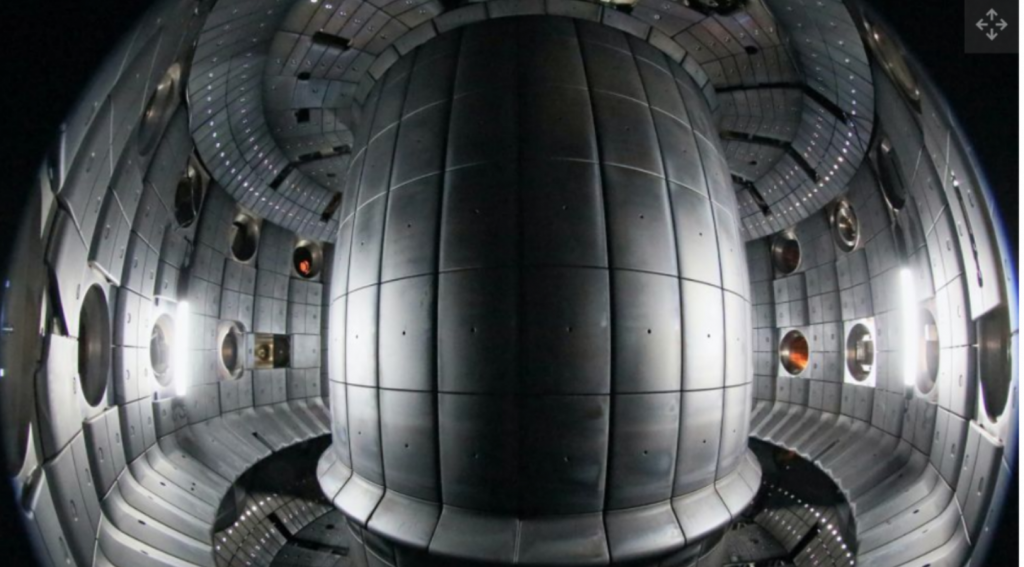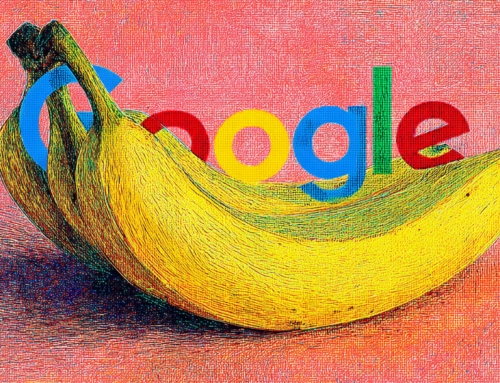
The doughnut-shaped fusion chamber of the TCV contains the superheated hydrogen plasmas in powerful magnetic fields to keep it from damaging the walls. (Image credit: Alain Herzog of the Swiss Federal Institute of Technology in Lausanne)
Fusion Breakthrough Using Machine Learning Excites Scientists in Switzerland
LiveScience.com published a detailed and fascinating piece about the difference between nuclear fission and nuclear fusion and how AI may solve an ongoing problem.
Fusion is the kind of power generating source that has long been sought by the scientific world. The story’s author, Tom Metcalfe, is a freelance journalist and regular Live Science contributor based in London, who explains how the use of AI in the search is yielding results that might lead to the green energy revolution.
A cutting-edge AI system is helping to shape the superheated hydrogen plasmas inside a fusion reactor. The successful trial shows how AI could be the breakthrough for electricity generated from nuclear fusion — bringing its introduction to replace fossil fuels and nuclear fission on modern power grids tantalizingly closer.
“I think AI will play a very big role in the future control of tokamaks and in fusion science in general,” Federico Felici, a physicist at the Swiss Federal Institute of Technology in Lausanne (EPFL) and one of the leaders on the project, told Live Science. “There’s a huge potential to unleash AI to get better control and to figure out how to operate such devices in a more effective way.”
The article explains how AI is being used to shape the plasma used in the project’s experiments and keep the project safe by simulating much of the fusion’s actions.
The story moves from the announcement of the Swiss trial’s success and goes deeper into how the AI has been used.
AI Merged With Fusion Reactors
While the average person is not terribly interested in how fusion works, they are paying attention to rising electric bills and the cost of oil. Fusion promises to be a green source of energy, unlike anything we have ever used to turn on our lights. But understanding science is not always easy.
Felici is a lead author of a new study describing the project published in the journal Nature. He said future experiments at the Variable Configuration Tokamak (TCV) in Lausanne will look for further ways to integrate AI into the control of fusion reactors.
“What we did was really a kind of proof of principle,” he said. “We are very happy with this first step.”
Felici and his colleagues at the EPFL’s Swiss Plasma Center (SPC) collaborated with scientists and engineers at the British company DeepMind — a subsidiary of Google owners Alphabet — to test the artificial intelligence system on the TCV.
The doughnut-shaped fusion reactor is the type that seems most promising for controlling nuclear fusion; a tokamak design is being used for the massive international ITER (“the way” in Latin) project being built in France, and some proponents think they’ll have a tokamak in commercial operation as soon as 2030.
The tokamak is principally controlled by 19 magnetic coils that can be used to shape and position the hydrogen plasma inside the fusion chamber while directing an electric current through it, Felici explained.
The AI proved adept at positioning and shaping the plasma inside the tokamak’s fusion chamber in the most common configurations, including the so-called snowflake shape thought to be the most efficient configuration for fusion, Felici said.
If you are interested or involved with the search for the answers to fusion then this piece will certainly be one you won’t want to miss. AI has found yet another way to be an extremely useful tool for the world.
read more at livescience.com







Leave A Comment